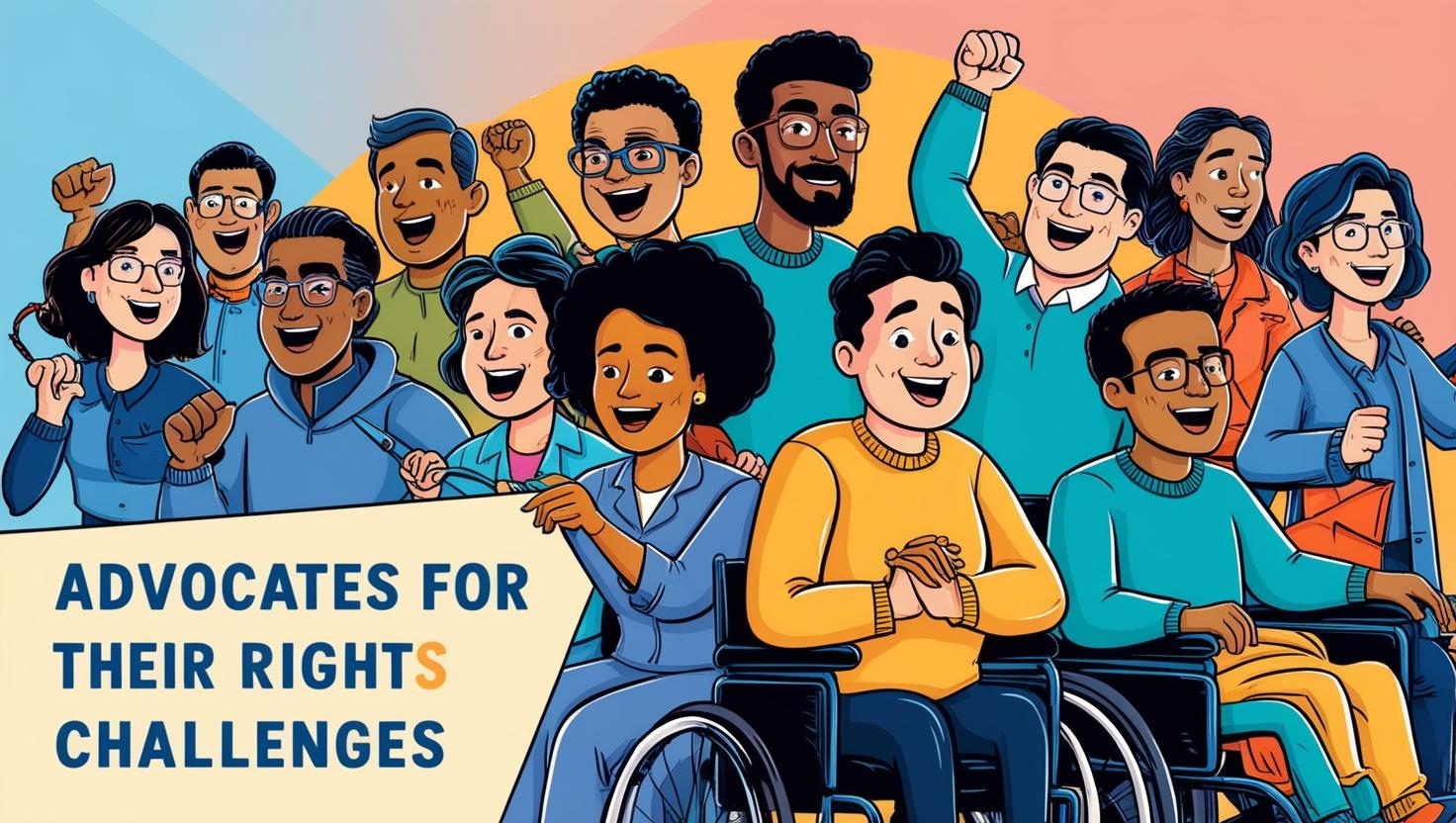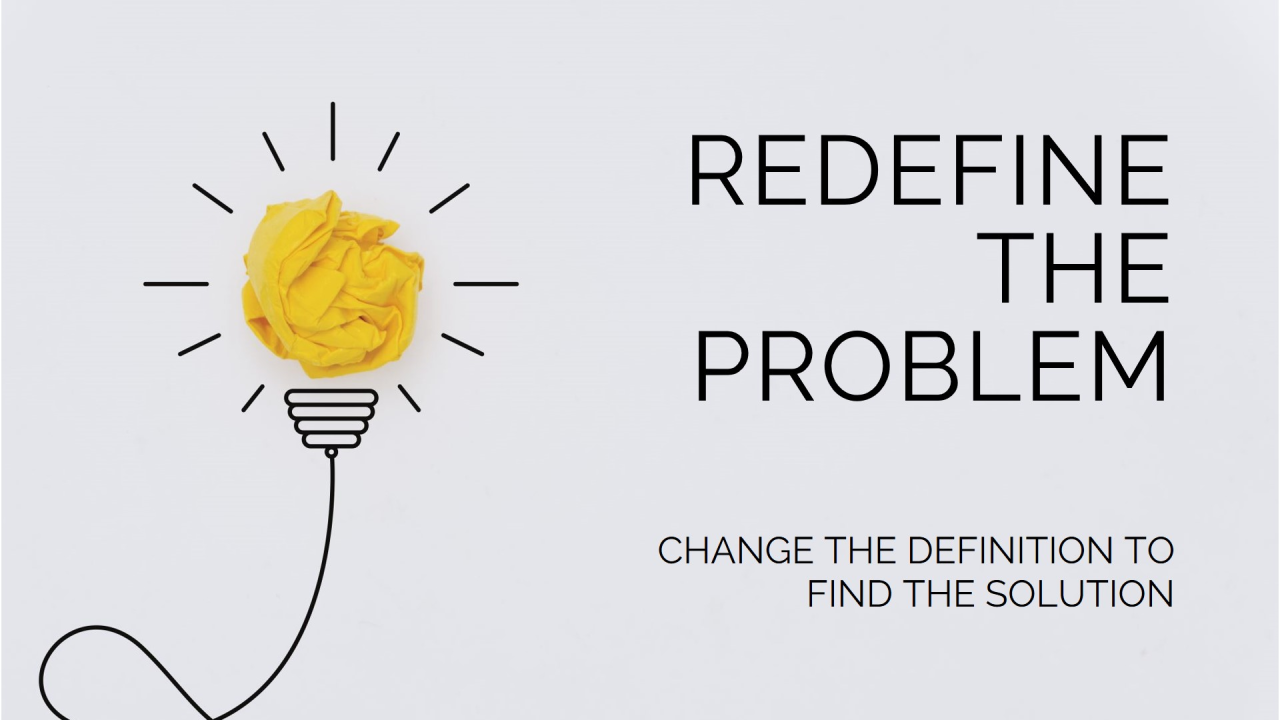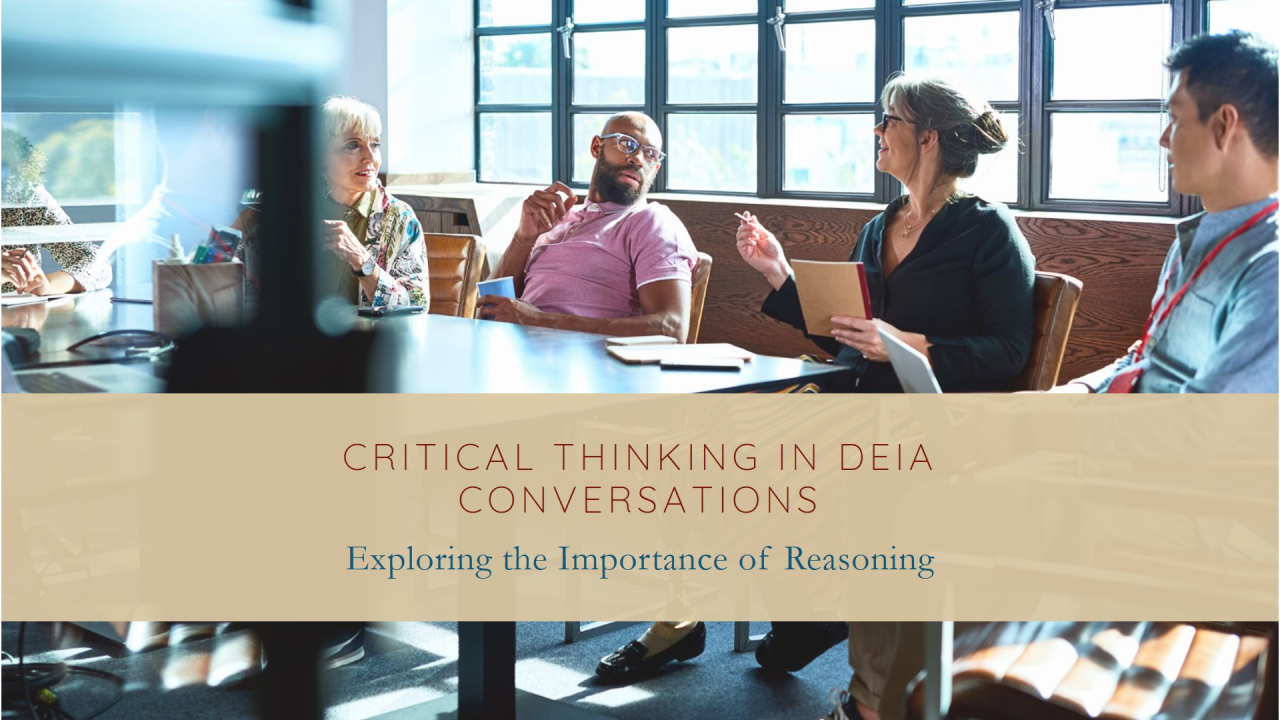Adrian Johansen lives and thrives in the Pacific Northwest. Her writing focuses on topics at the intersection of business, diversity and sustainability. You can follow her on Twitter at @AJohansen18.
Why Your Business Should Prioritize Web Accessibility
Web accessibility should no longer be an afterthought. If your website isn’t accessible, you’re missing out on the opportunity to serve the many people living with a disability.
On the other hand, when your business prioritizes accessibility, your brand reputation becomes inherently positive, visitors are more likely to turn into actual customers, and you emphasize your commitment to diversity and inclusion, among other things.
Let’s look at why improving accessibility is essential in more detail below.
Why Improving Accessibility is Important
Living with a disability, a lack of experience, or unique background shouldn’t be why someone can’t navigate your site. Improving accessibility is critical because everyone should be able to use your site without issue and thoroughly enjoy their experience on it.
For example, neurodivergent individuals live with various neurological differences, like Autism, Attention Deficit Disorder (ADHD), Dyslexia, and Tourettes. Creating a sensory-friendly site for them means avoiding autoplay, small typography, and flashing animation. By making your site accessible for them, you’re making it accessible for everyone.
Also, companies are breaking down geographical and other barriers with technology, facilitating a level of connectedness unmatched by other decades. You can use your digital tools and platforms as well to join people living with a disability with those that aren’t on your site for an experience both groups of people can appreciate.
With millions of people living with a disability today, prioritizing web accessibility will ensure you’re serving as many of them in your target audience as possible.
Strategies for Improving Accessibility
Improving accessibility on your website is an ongoing project. But these strategies can get you started.
Learn web accessibility basics
You can’t improve web accessibility if you don’t understand it. That’s why the first step is learning web accessibility basics. You can learn more about the core principles of web accessibility on the Web Accessibility Initiative website.
It will break down what web accessibility is and how to improve it on your site, and provide additional resources that simplify the learning process. When you know the basics of web accessibility, you can take tangible steps to ensure everyone can enjoy your site.
Make everything easy to find and use
If you truly want to improve accessibility on your site, hyper-focus on navigation. The easier visitors find what they’re looking for and use features and functions, the more accessible your site will be.
Analyze any website data you’ve collected thus far for insight into how your visitors currently navigate your site. Then, adjust your site’s navigation to accommodate the movements your visitors are most likely to make, so their journey is seamless.
Also, be sure to enable keyboard navigation and shortcuts. Ensure your site’s accessible through voice recognition software. And a mobile-friendly, responsive design is a must for smooth navigation on any device.
When everything is easy to find and use, your site isn’t just accessible to those living with a disability, it's accessible to everyone.
Think twice about visual elements
Of course, visual elements are necessary to give your website the pop it needs to stand out and keep visitors' attention. But it’s crucial to approach visual elements cautiously to ensure your website is accessible.
Stay away from clashing color palettes and instead choose high-contrast colors that are easy on the eyes. Flashing images and animation should be used sparingly. Use labels on forms, alt text on photos, and closed captioning on videos. Readable and larger fonts are ideal. Use white space appropriately as well.
Visual elements should enhance your site, not overrun it.
Accommodate assistive tech tools
Some people won’t need any assistance using your website. And then, some will need to navigate your website with the help of tools that make their disabilities more manageable.
Designing your website so that it’s compatible with assistive tech tools is another step in the direction of improved accessibility. Visitors should be able to use aids like alternative keyboards, magnifiers, text-to-speech reading devices, and mobility aids without issue.
Accommodating assistive tech tools on your website only enables those living with a disability to enjoy your site even more.
Be consistent
When you’re consistent, people know what to expect. They also start associating your brand with the things you’re consistent with. So, when you keep up with accessibility standards across your website and other digital channels, visitors will associate your brand with inclusivity.
Create an accessibility checklist to run through before any adjustments are made permanent on your website. Check off every box to ensure accessibility remains at the forefront, whether it’s a blog post, an addition to your navigation, new colors, or another change.
Being known for making everything you create accessible to everyone is the best reputation to have.
Conclusion
You don’t want your visitors to miss out on an opportunity to connect with your brand because of accessibility issues. You can improve accessibility on your site with the tips above and take full advantage of what a site built for everyone can bring.
About Adrian
Share This Article!
Disclaimer: Content on this blog is authored by multiple sources. While we do make every attempt to proofread and fact-check, unless authored our staff, the views expressed do not necessarily reflect those of the Institute for Diversity Certification (IDC), Inc.
More Insightful DEIA Blogs












Share On: